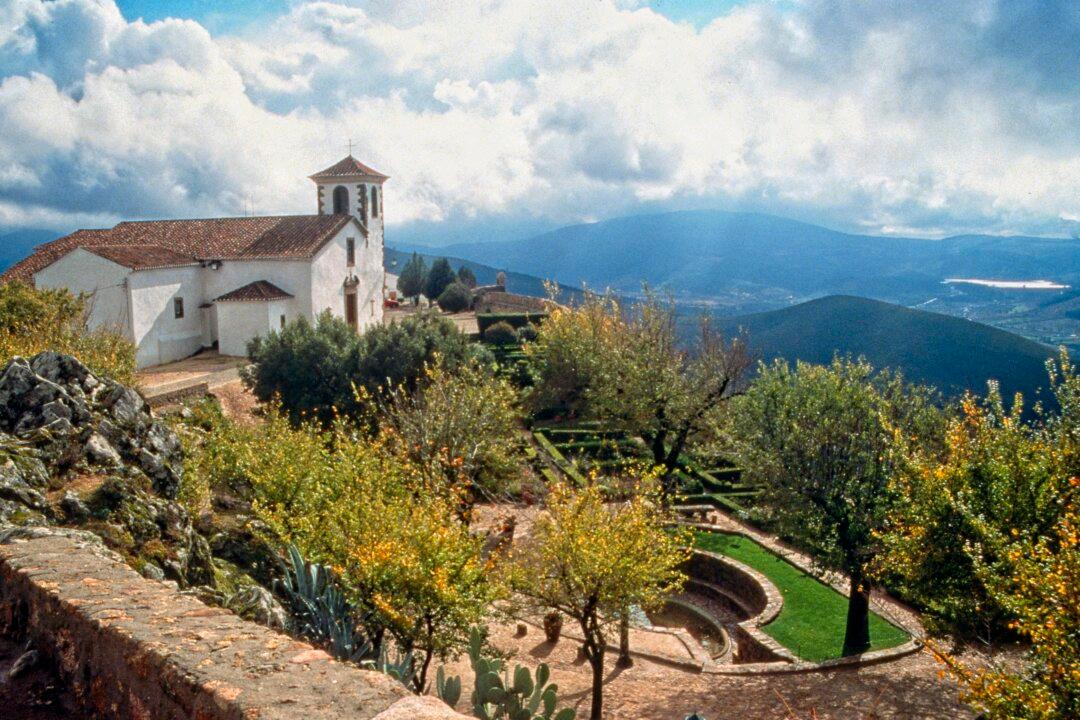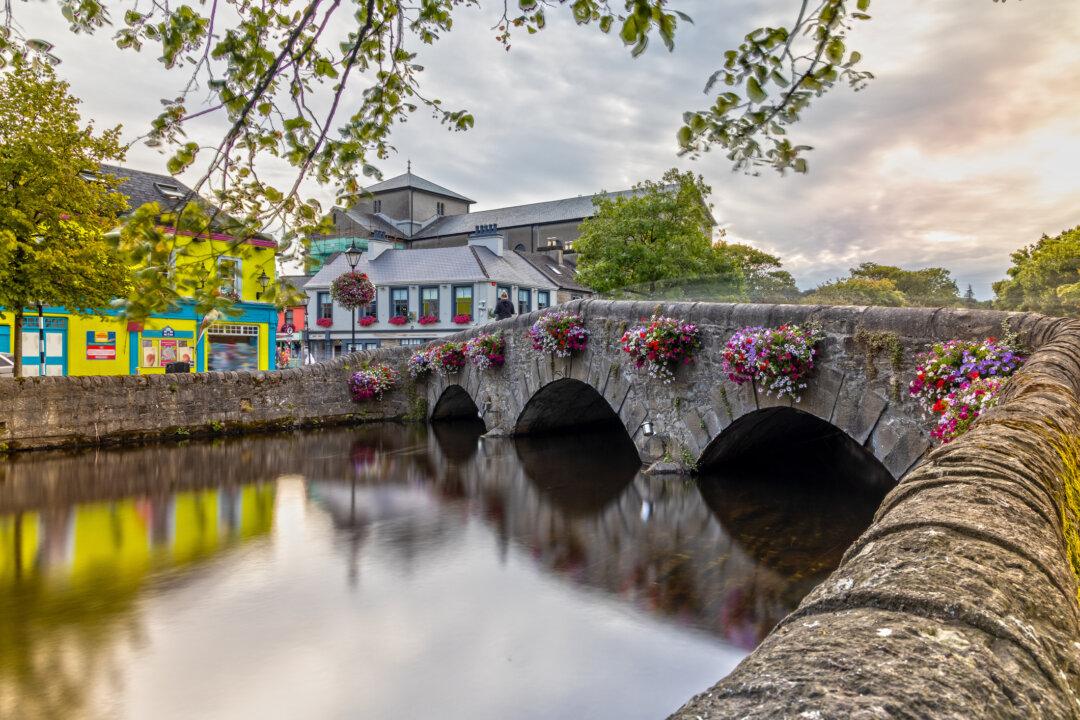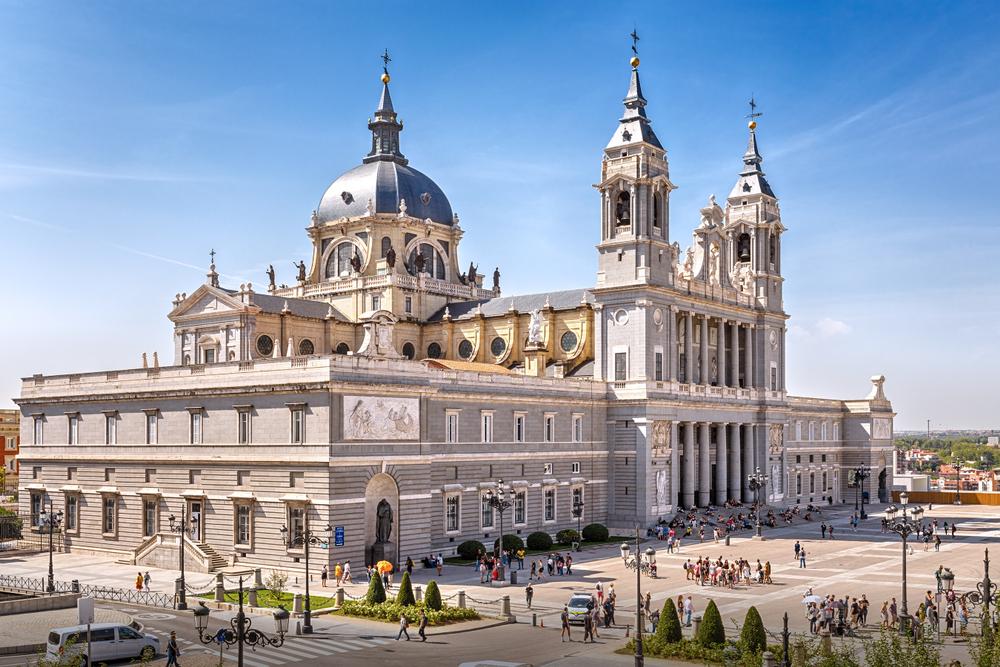We had never given much thought to cork before. But on this pleasant November day, as we drive along a little-traveled country road in the Alentejo region of Portugal, cork is what my wife and I find ourselves thinking and talking about.
Eighty percent of the world’s supply of cork comes from Portugal, most of it from the Alentejo region, this “land beyond the Tagus” that stretches from that great river down to the Algarve and from the Atlantic coast and a little east of Lisbon across to the Spanish border.






